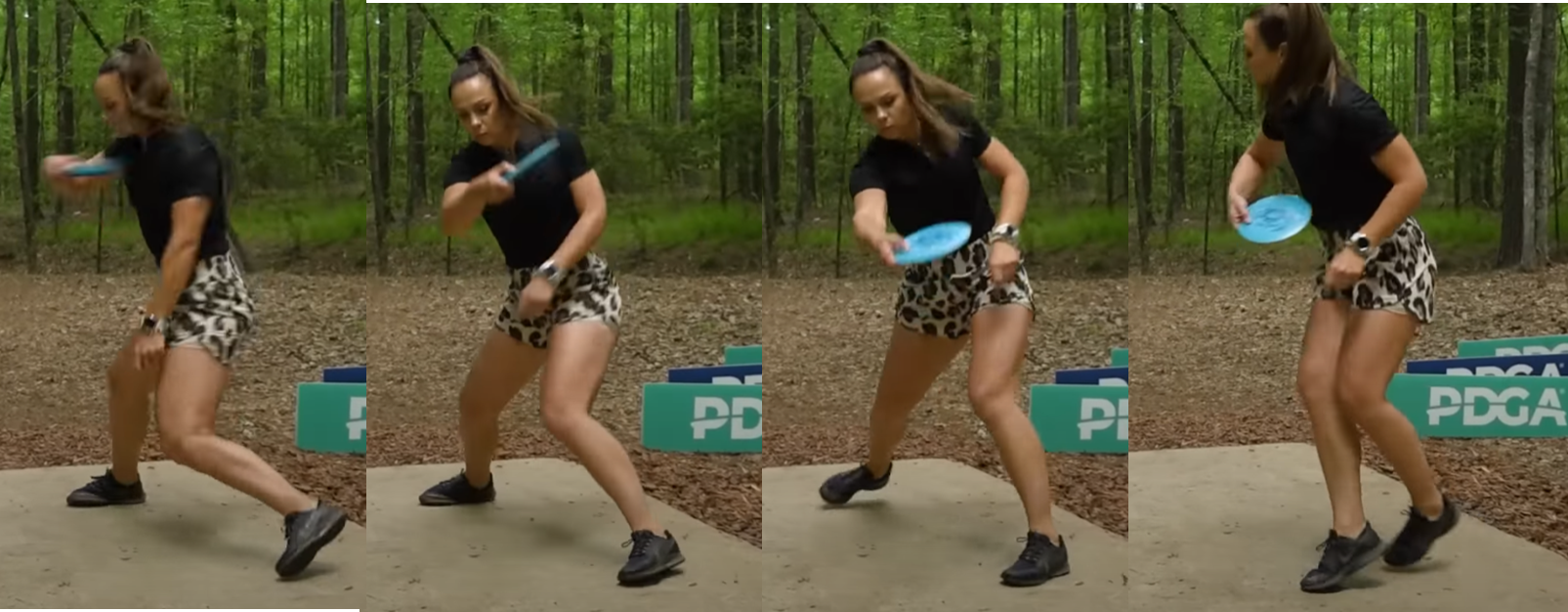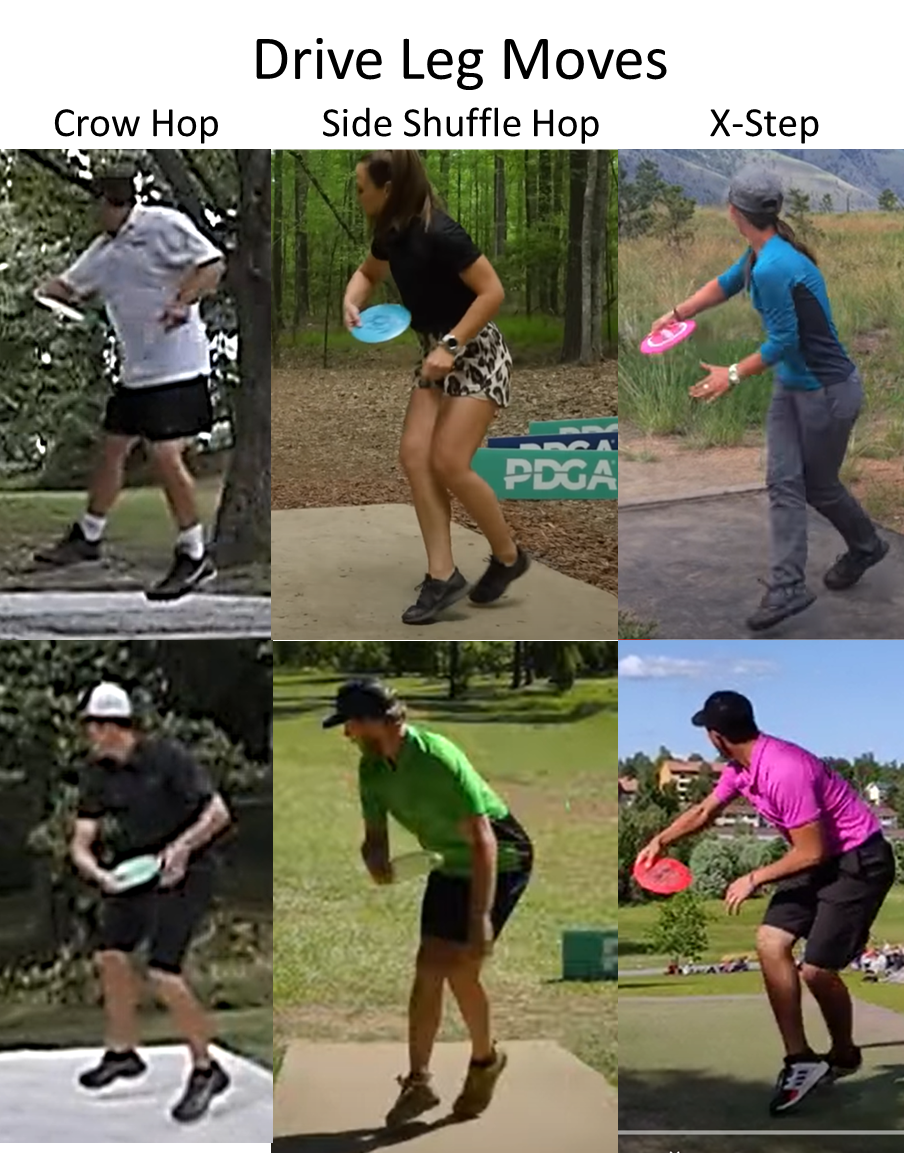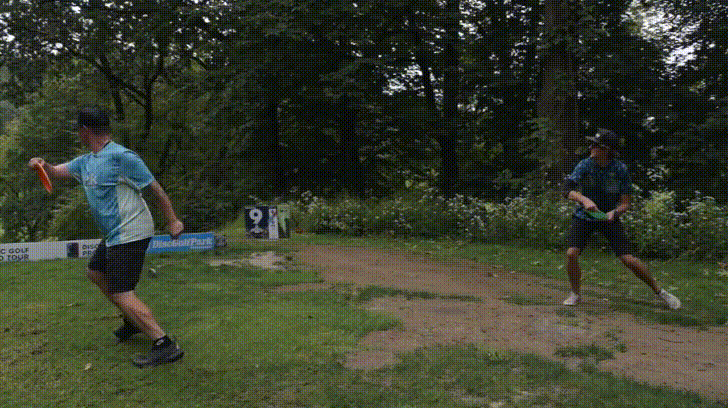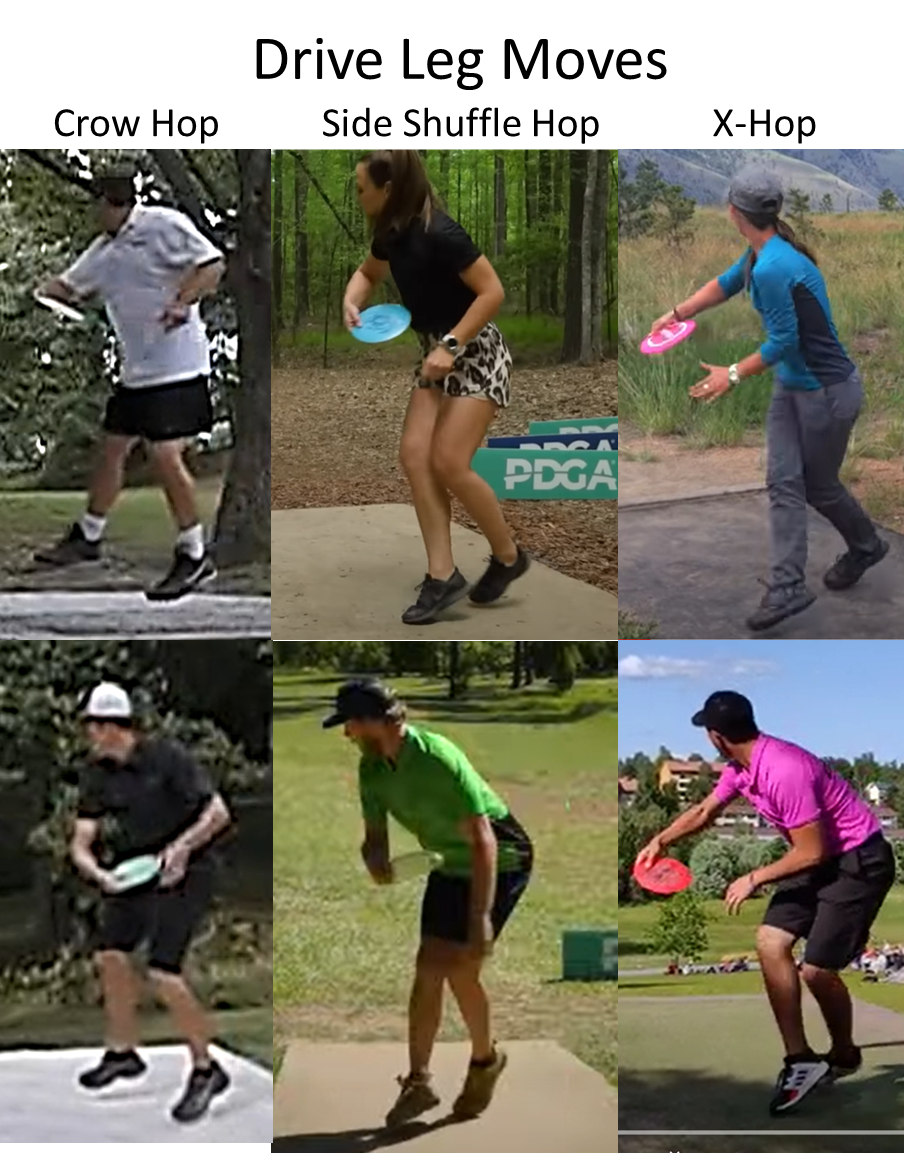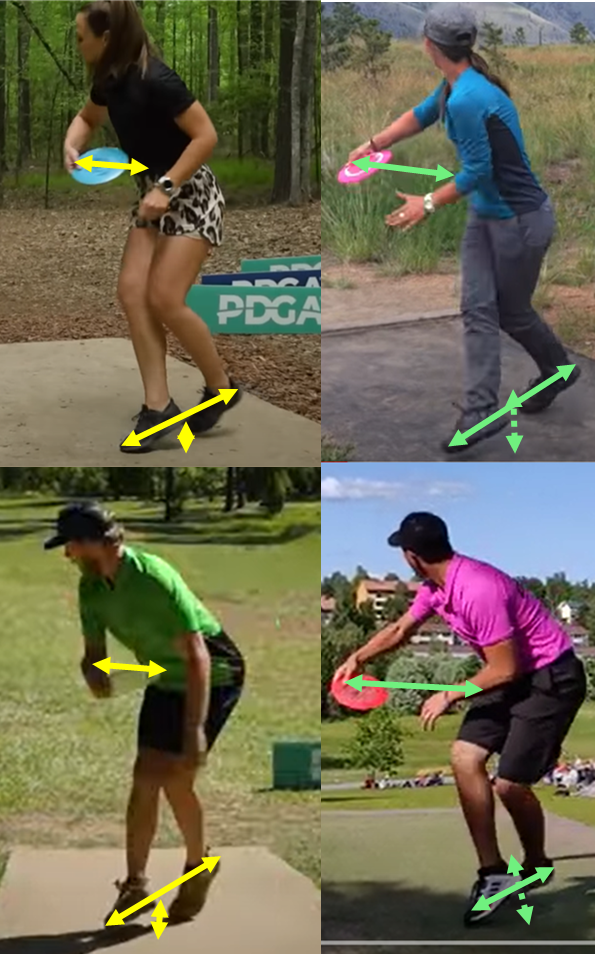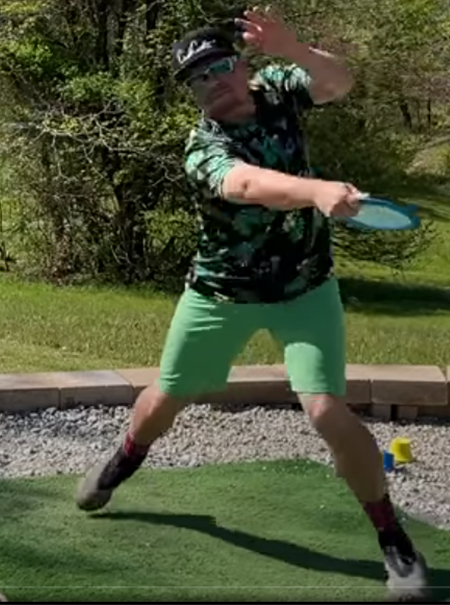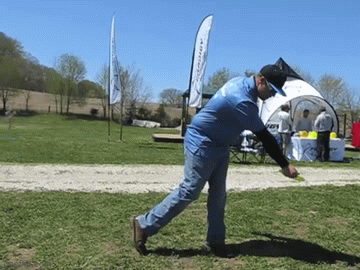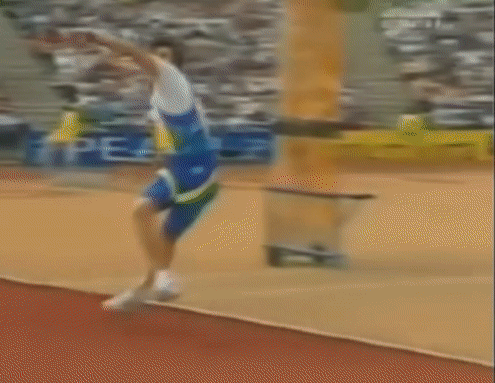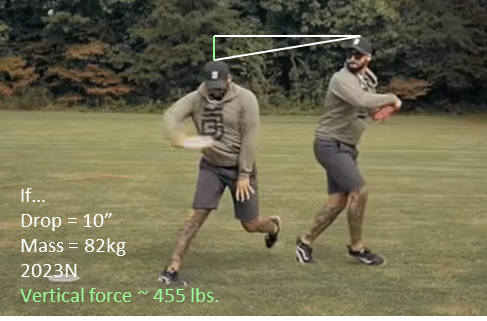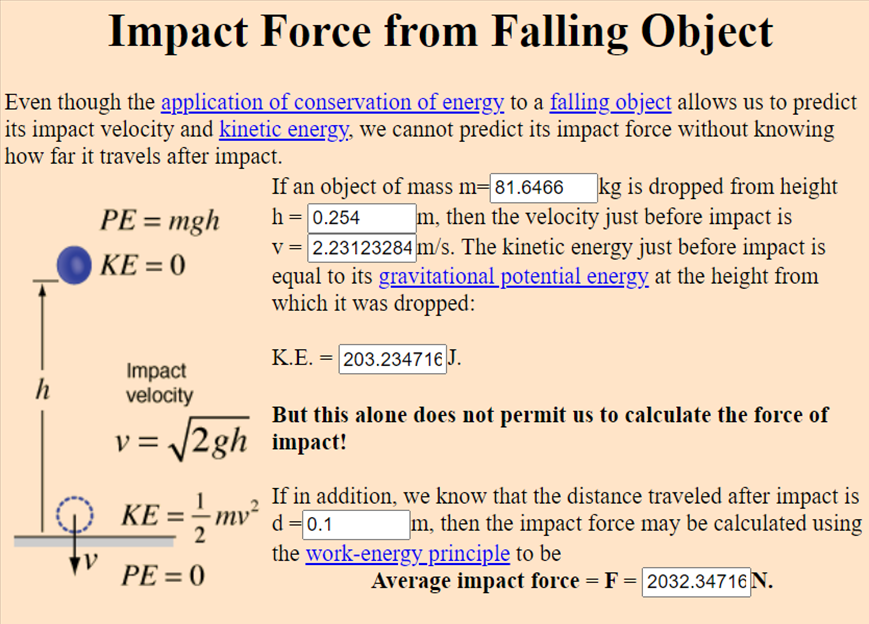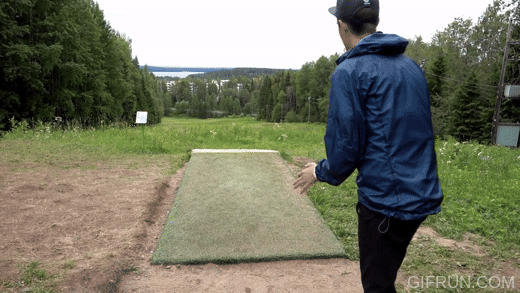Brychanus
* Ace Member *
I have been learning a lot from KT's form and in light of her recent dominance I thought this was as good a time and place as any to put it.
Kristin Tattar is good at disc golf. For people without exceptional physical characteristics, I think you can learn a lot about driving mechanics from her. She's somewhere around 5'5''-5'6'' per some sources. Her arms look maybe a little long but not astounding. Her legs are stout and powerful looking rather than long, wiry levers.
One of the reasons I like her throws is that they involve a controlled pump, minimalistic hop-n-drop into the plant, and appear incredibly reproducible. She has very good rhythm and is a case where it appears she is able to get some impressive late acceleration heading into the release. Like young McBeth, most players can probably learn a version of her minimalistic form.
From a learning perspective, she is also very interesting to me because she tends to use the same form for drives and various upshots rather than "scaling" the mechanics like some players do. She is more likely to downtempo a little bit or change the disc choice than to change how far she "loads the bow." In that respect her consistency is less surprising - she is mastering one tool and using it well.
Distance:
KT herself says she has (converting to ex-Colony units):
8 spd ~ 360-377'
(presumably driver) max ~400-425'
So perhaps 60mph - max low 60s mph ejection speed when she's digging for it.
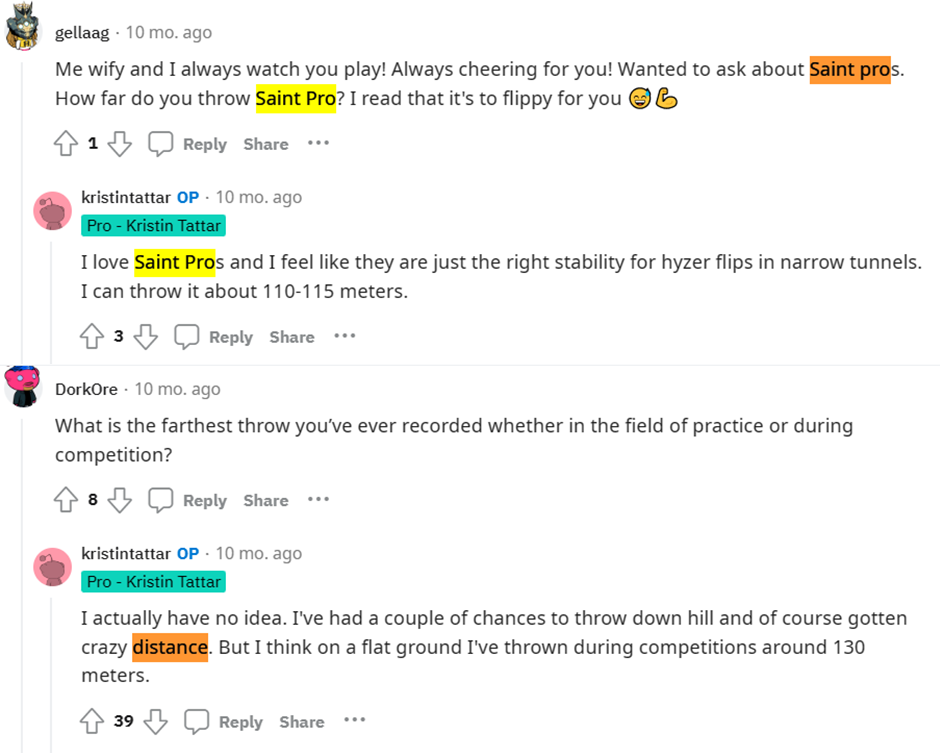
Reddit source.
Form:
Feeling the leverage & disc weight in the left hand and micro-pump before teeing off:
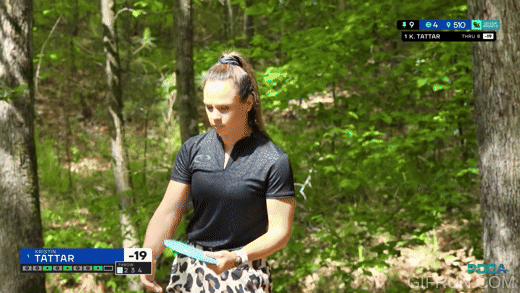
Saint pro hyzerflip gap shot ~360':
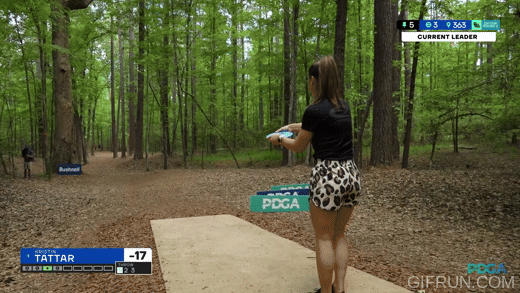
Hyzerflip viewed from SE:
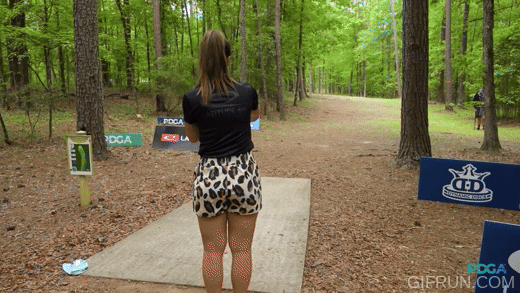
Closer to "flat" (still slightly Hyzer to flex through a farther gap):
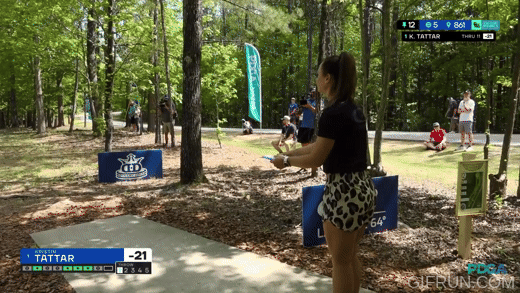
Pure Hyzer line:
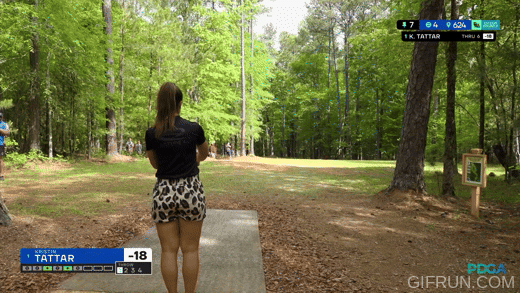
Downtempo upshot form - the bow still appears "fully loaded":
Edit: Chris Woj and Ellestar suggested that from this distance it may still have been more of a full throw. KT does usually still appear to like to get "fully loaded" and downtempo to me on shorter shots, but this may not necessarily be the best example.
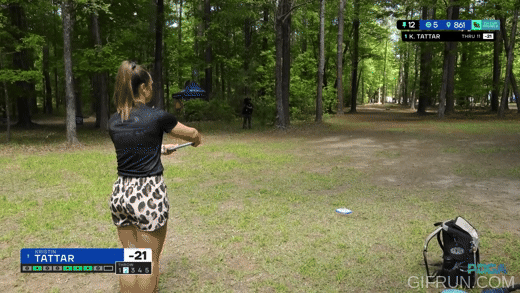
Hyzerflip angle from the 2nd shot above. Remind you of anything?:
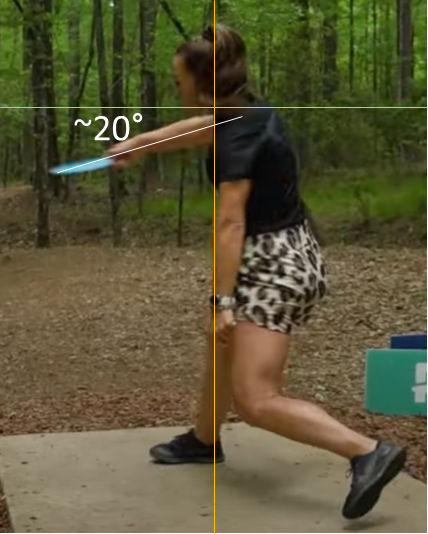
Pre-elbow surgery:
KT "ride the halfpipe" more vertically than many players to generate power out of her narrow x-step. Almost every player I ever see on the form critique forums here can learn something from this:

Form quirks, curiosities, and lessons:
1. Another case of a stout player hopping and using the vertical force to great effect. I doubt if KT tried to throw like Hailey King that it would work out so hot for her.
2. Her backswing loops forward from a relatively high peak backswing. She has a sweet windmill into the release point. But about six months ago I was curious if the way she swings her arm out of that with a pronounced elbow lead was a little hard on the elbow. Then she needed surgery. I don't know if it's coincidence and of course overuse is always a variable. I'm still curious about this.
3. Could KT throw farther with mechanics changes? There's a possibility she could get a little bit more behind her drives. Compare the drop off the rear leg & foot of PP vs KT here. Maybe KT could get a little more power for free into her swing based on her posture dropping in off the rear side. Or it could just be her hip & leg anatomy - perhaps KT is just more IR dominant (pigeon-toed) than PP. In any case, PP might be getting more quick leverage through the hips with somewhat tighter action swinging "inside" her posture than KT.
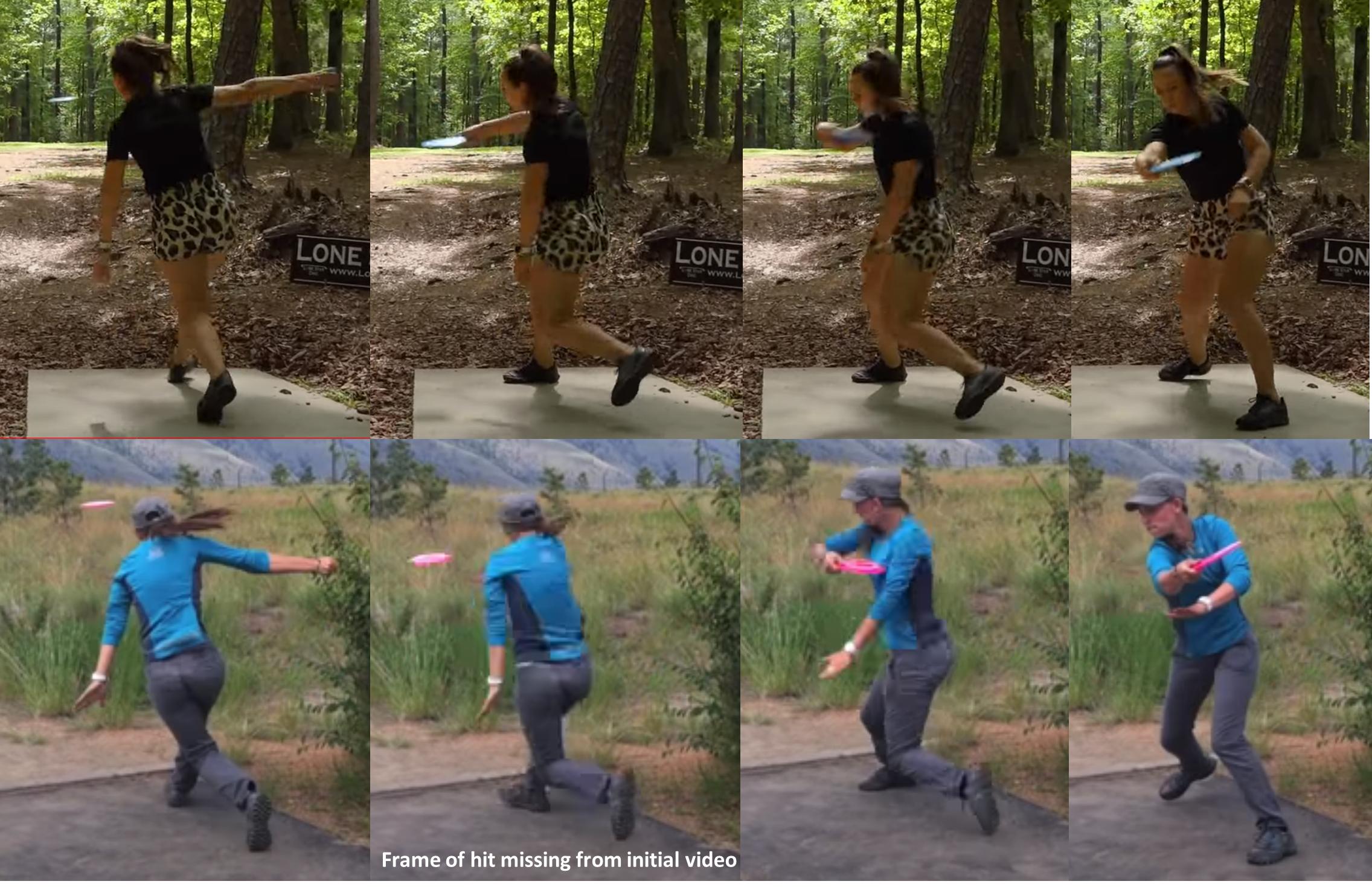
4. Perhaps related to (2), KT's x-step is about as close to true "crow hop" as you can get while still being an x-step. This was interesting to me since I started looking at Ulibarri's form again last week and messed around with a true crow hop. Theoretically the reason the x-step exists are probably many, but part of it is about building up torque while accelerating in balance into the plant. However, you do not want that to be at the expense of a quick move in balance off the rear foot getting pulled taut in the backswing. KT is a good case study for this concept.
Conclusion
I'd have some questions about the above, but I would encourage anyone to consider & learn from what she's doing. Approaching my 40s and feeling it while always on the grind, I've been paying attention to players who are killing it in the woods with excellent gap games with good power and control for their body type.
Kristin Tattar is good at disc golf. For people without exceptional physical characteristics, I think you can learn a lot about driving mechanics from her. She's somewhere around 5'5''-5'6'' per some sources. Her arms look maybe a little long but not astounding. Her legs are stout and powerful looking rather than long, wiry levers.
One of the reasons I like her throws is that they involve a controlled pump, minimalistic hop-n-drop into the plant, and appear incredibly reproducible. She has very good rhythm and is a case where it appears she is able to get some impressive late acceleration heading into the release. Like young McBeth, most players can probably learn a version of her minimalistic form.
From a learning perspective, she is also very interesting to me because she tends to use the same form for drives and various upshots rather than "scaling" the mechanics like some players do. She is more likely to downtempo a little bit or change the disc choice than to change how far she "loads the bow." In that respect her consistency is less surprising - she is mastering one tool and using it well.
Distance:
KT herself says she has (converting to ex-Colony units):
8 spd ~ 360-377'
(presumably driver) max ~400-425'
So perhaps 60mph - max low 60s mph ejection speed when she's digging for it.

Reddit source.
Form:
Feeling the leverage & disc weight in the left hand and micro-pump before teeing off:

Saint pro hyzerflip gap shot ~360':

Hyzerflip viewed from SE:

Closer to "flat" (still slightly Hyzer to flex through a farther gap):

Pure Hyzer line:

Downtempo upshot form - the bow still appears "fully loaded":
Edit: Chris Woj and Ellestar suggested that from this distance it may still have been more of a full throw. KT does usually still appear to like to get "fully loaded" and downtempo to me on shorter shots, but this may not necessarily be the best example.

Hyzerflip angle from the 2nd shot above. Remind you of anything?:

Pre-elbow surgery:
KT "ride the halfpipe" more vertically than many players to generate power out of her narrow x-step. Almost every player I ever see on the form critique forums here can learn something from this:

Form quirks, curiosities, and lessons:
1. Another case of a stout player hopping and using the vertical force to great effect. I doubt if KT tried to throw like Hailey King that it would work out so hot for her.
2. Her backswing loops forward from a relatively high peak backswing. She has a sweet windmill into the release point. But about six months ago I was curious if the way she swings her arm out of that with a pronounced elbow lead was a little hard on the elbow. Then she needed surgery. I don't know if it's coincidence and of course overuse is always a variable. I'm still curious about this.
3. Could KT throw farther with mechanics changes? There's a possibility she could get a little bit more behind her drives. Compare the drop off the rear leg & foot of PP vs KT here. Maybe KT could get a little more power for free into her swing based on her posture dropping in off the rear side. Or it could just be her hip & leg anatomy - perhaps KT is just more IR dominant (pigeon-toed) than PP. In any case, PP might be getting more quick leverage through the hips with somewhat tighter action swinging "inside" her posture than KT.

4. Perhaps related to (2), KT's x-step is about as close to true "crow hop" as you can get while still being an x-step. This was interesting to me since I started looking at Ulibarri's form again last week and messed around with a true crow hop. Theoretically the reason the x-step exists are probably many, but part of it is about building up torque while accelerating in balance into the plant. However, you do not want that to be at the expense of a quick move in balance off the rear foot getting pulled taut in the backswing. KT is a good case study for this concept.
Conclusion
I'd have some questions about the above, but I would encourage anyone to consider & learn from what she's doing. Approaching my 40s and feeling it while always on the grind, I've been paying attention to players who are killing it in the woods with excellent gap games with good power and control for their body type.
Last edited:
